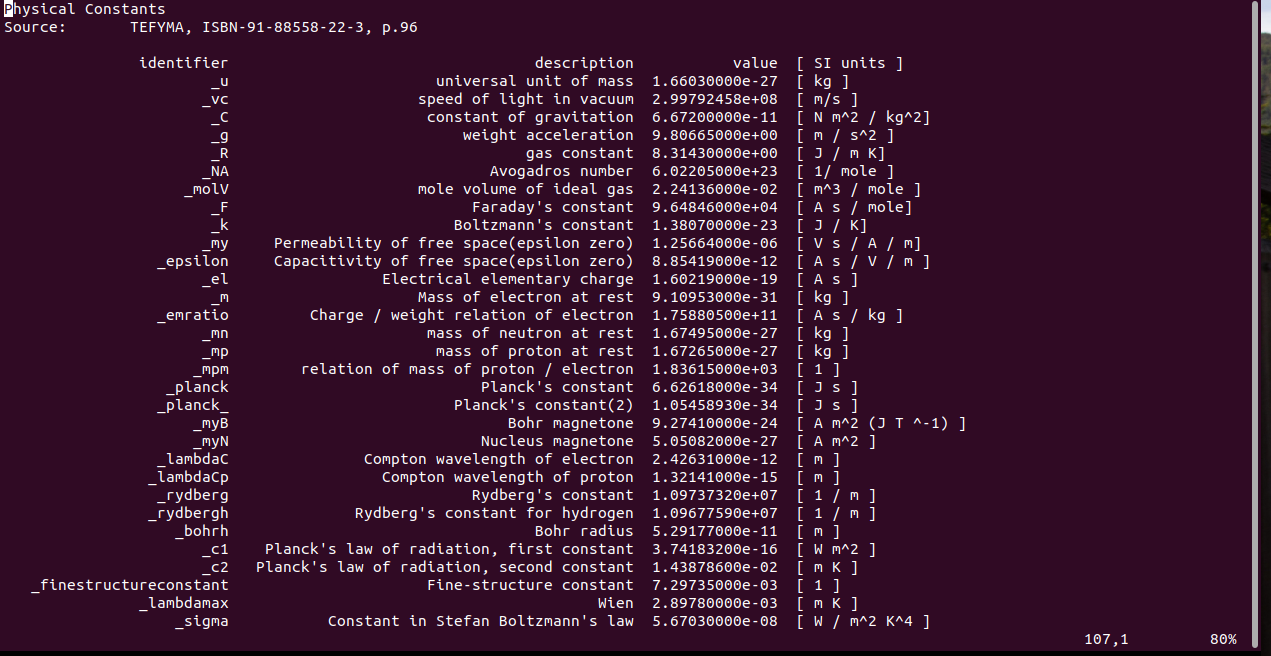QxCalcDownload 'deb packages' for 'Debian/Ubuntu' and 'arm' Linux here:https://sourceforge.net/projects/qxcalc/files/binaries/Download QxCalculator For Windows™ here:https://sourceforge.net/projects/qxcalc/files/binaries/binaries_20220618/QxCalc is a scriptable calculator that you can use to do a limited set of mathematical calculations. It sort of has the same capabilities as 'normal', 'basic', 'handheld' calculator, except for its scriptability. It can do a lot of work, given syntax correctness.
If you prefer scripting and the CLI to working in a GUI then you may find this backend usable. There is a syntax highlight file for vim(calc.vim). If you, on the other hand, prefer working in a gui rather scripting, then you can find binaries (for windows / vim only at this time) at the above link. |
qxcalc supports...
|
|
Command line arguments to qxcalc are:************************************* qxcalc - A scriptable calculator Version 30 http://qxcalc.sourceforge.net/ ************************************* -h help -v version -d debug information -p Running qxcalc ./qxcalc-v30-amd64 -p script.calc -cd -ch |
Reserved words
latex ascii html xml print def sin cos tan asin acos atan PI sqrt log log10 pow nl scientific nonscientific eq eval e and s |


